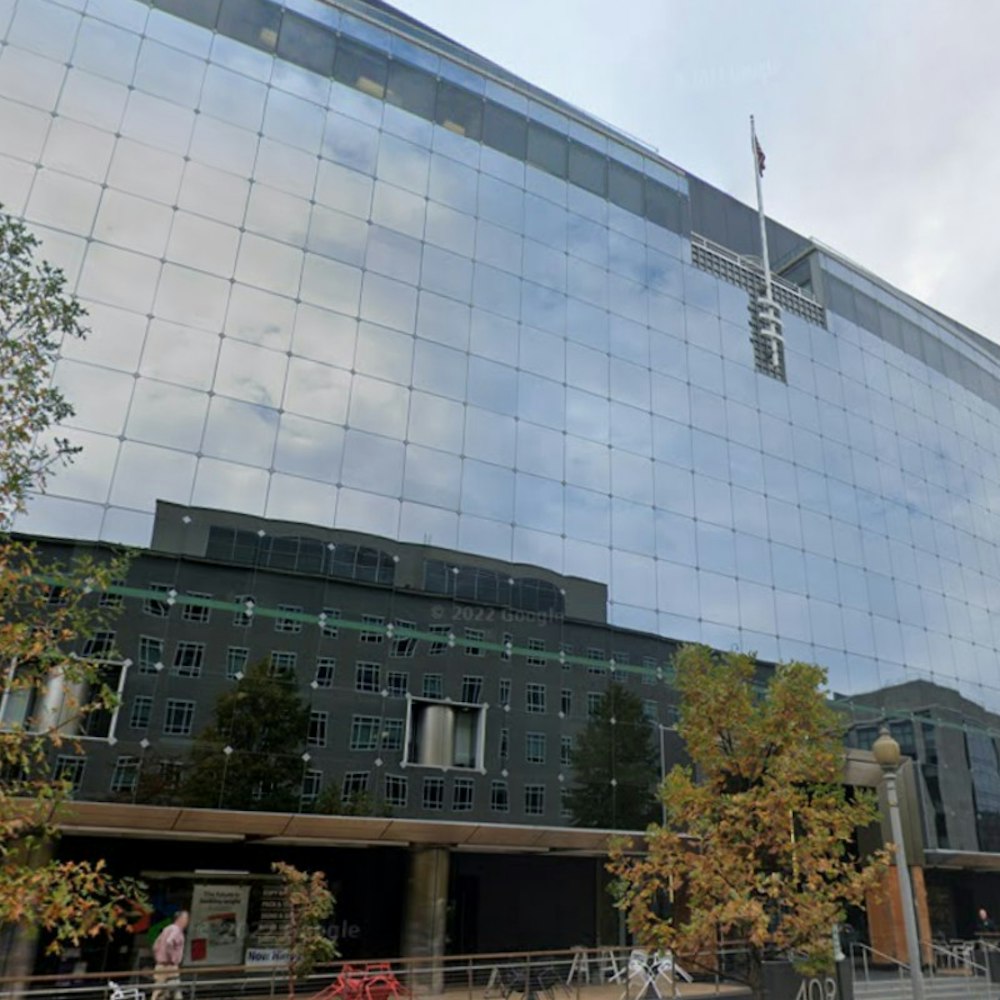
Thousands of Cisco employees are bracing for pink slips as the tech titan moves to initiate a sweeping layoff. The San Jose-based networking behemoth is on the cusp of a restructuring effort that will see a cull in its ranks to focus on growth areas, according to inside sources Reuters reported. While the final figures are still under wraps, the ax could align with Cisco's earnings call slated for Tuesday, February 14.
As tech firms navigate a tumultuous economy, layoffs have become an all-too-common headline, with majors like Amazon and Google tightening their belts. Cisco's workforce stood at a sturdy 84,900 at the end of fiscal 2023, but the forthcoming cuts follow a prior reduction of approximately 5% of its workforce late last year. The layoffs are part of a strategy shift as Cisco pivots to prioritize its high-growth areas, as reported by The San Francisco Chronicle.
The tech landscape has been especially bleak, with companies big and small reassessing their personnel needs. Cisco's decision echoes actions by fellow industry players Nokia and Ericsson, who enacted job cuts to manage costs amid market pressures. In recent weeks, other tech giants such as Amazon, Alphabet, and Microsoft have also cut their workforces, underscoring the sector's broader trend of contraction.
Industry onlookers closely monitor Cisco, speculating how deep the job cuts will go. A previous restructuring saw a round of layoffs, resulting in $600 million in severance and other charges. Cisco trimmed its revenue and profit forecasts in its preceding earnings call, citing a drop in equipment demand. The company blamed a slowdown in the first quarter, with customers prioritizing installation and implementation over new orders. The transition towards software offerings like cybersecurity marks an attempt to adapt to shifting market demands amid persistent supply chain snarls and a downturn in post-pandemic demand, as reported by Reuters.









